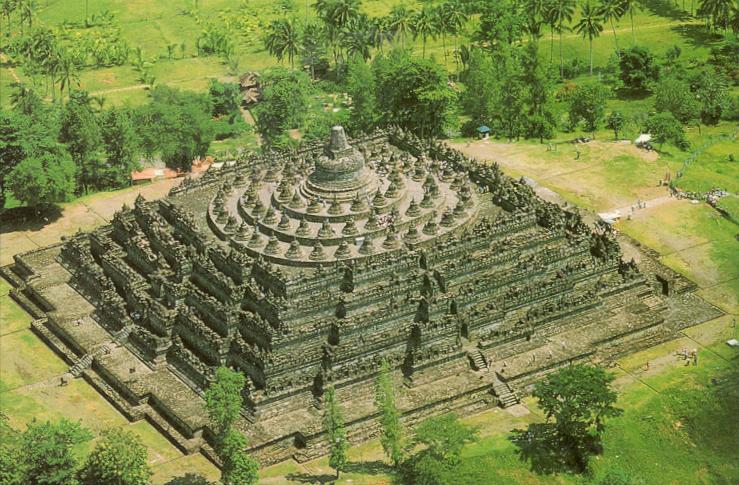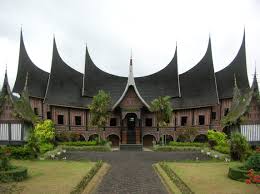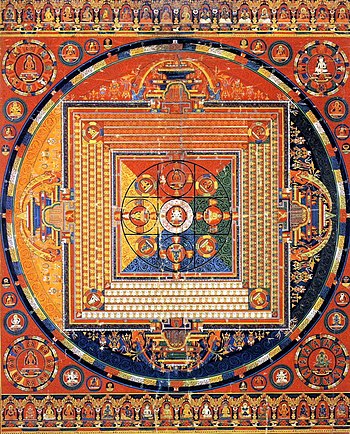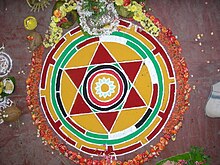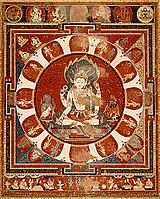Wat is a temple build for the believers of Hinduism and Buddhism. Temple is the place for the believers to pray and worshipped to they god. Built in early 12th century for the king of Suryavaman II at the capital city. Its significance to the religious centre. First it is the foundation, Hindu dedicated to god Vishnu than Buddhist. The temple is the top of high classical style Khmer architecture. They followed the indian pattern of spatial development and architectural design representing the temple as a mountain. The form of the temples represented the sacred Mount Meru, which in Hindu cosmology was the home of the gods and the human and mythical world that surrounded it. Angkor Wat illustrates the common pattern of interior and exterior spatial development at khmer sites. The temple was centered upon 5 elevated, peaked towers that represented the five peaks of Mount Meru. Galleries surrounding the main temple represent the foothills around the mount, while the channels of water between the galleries were to represent the ocean and rivers. The architecture of Angkor Wat points to a temple, the orientation the main entrance is west-point that is it was built for a tomb.
Carved scenes drawn from Hindu legends tell their story on surrounding walls. Within the outermost wall of the compound a large open court was originally filled with densely packed thatch and wood dwellings. The temple-centered neighborhood. The bas-relief on the western gallery depicts the story of Battlesd of Mahabharata. South gallery depicts the army of Suryavarma. East gallery potrays the story of churning the ocean milk. West gallley potrays the story of battle of Lanka Ramayana. All the Bas-relief are rich sandstone carved walls. Among the Bas-relief, the churning of the ocean of milk Hindu mythical story of Devas and Asuras churning the ocean to obtain in the immortal nectar-is breathtaking. (sources from wikipedia)
 |
| Prasat Angkor Wat |
 |
| Angkor Wat |
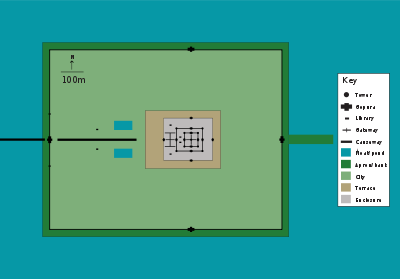 |
| A plan of Angkor Wat |
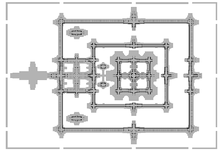 |
| The central structure |




